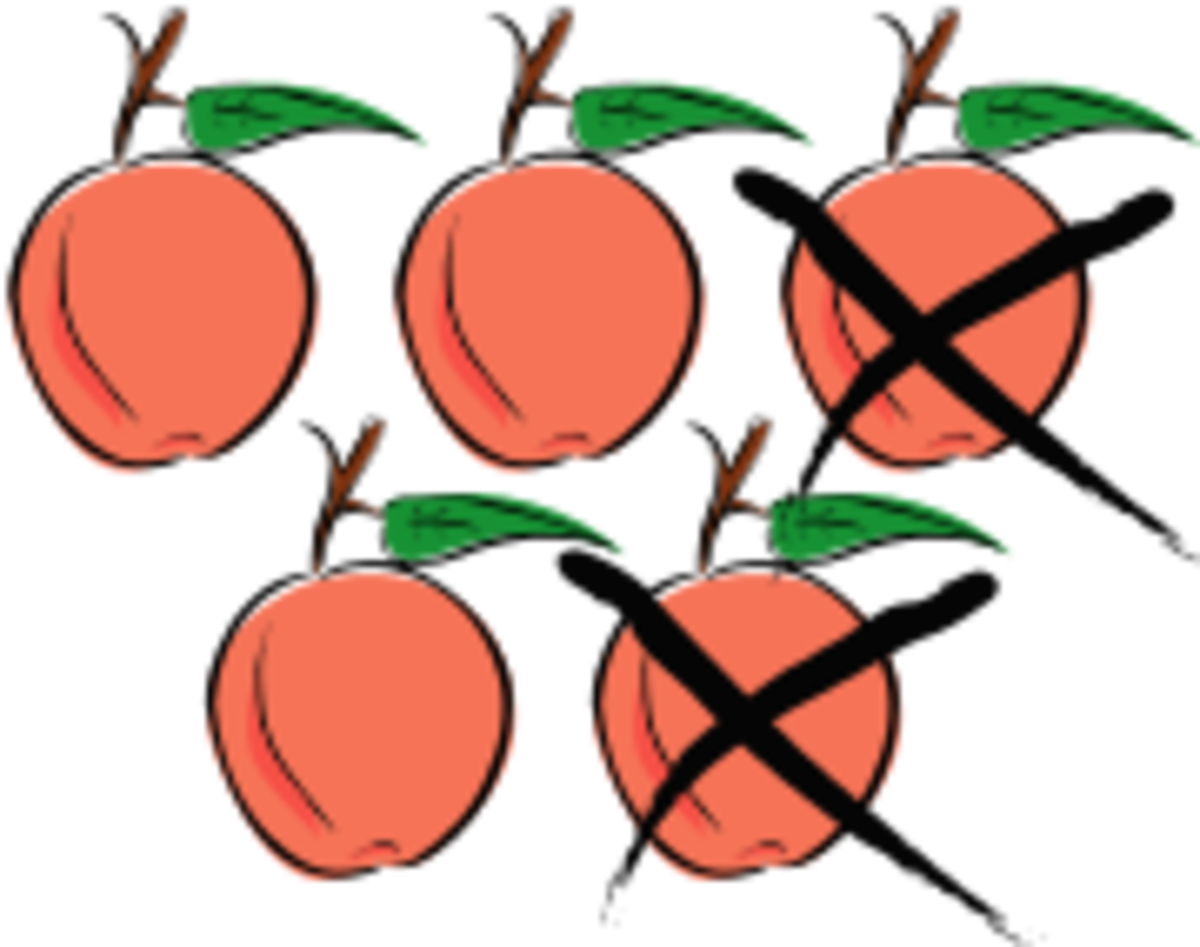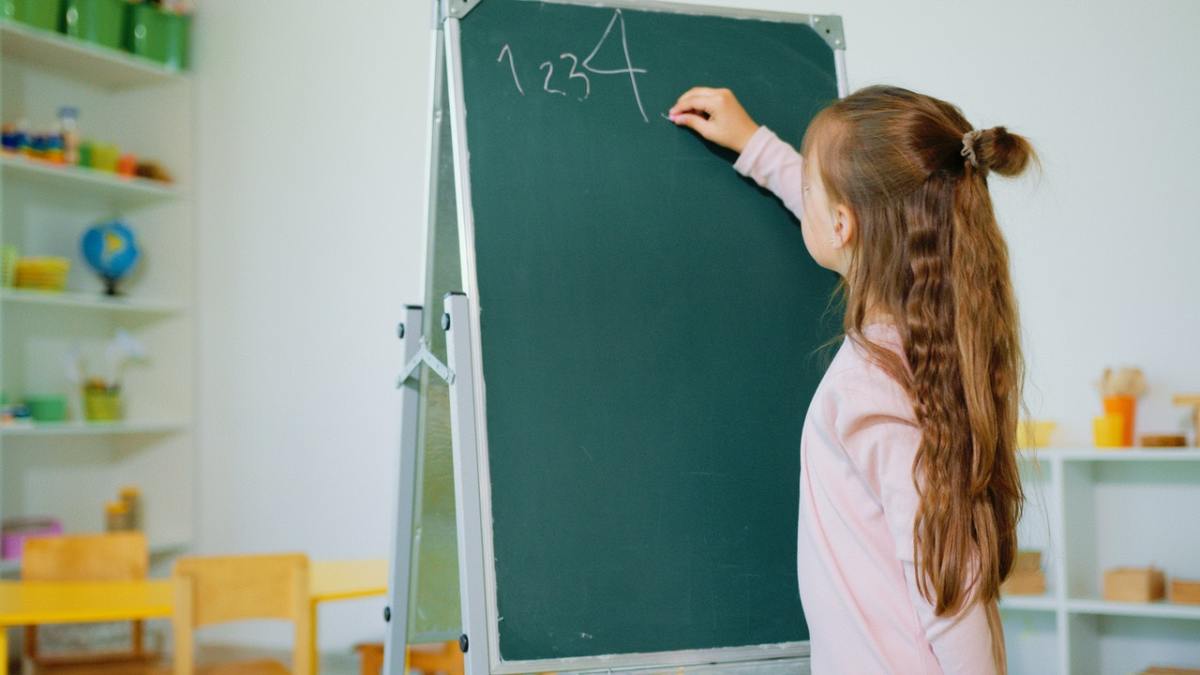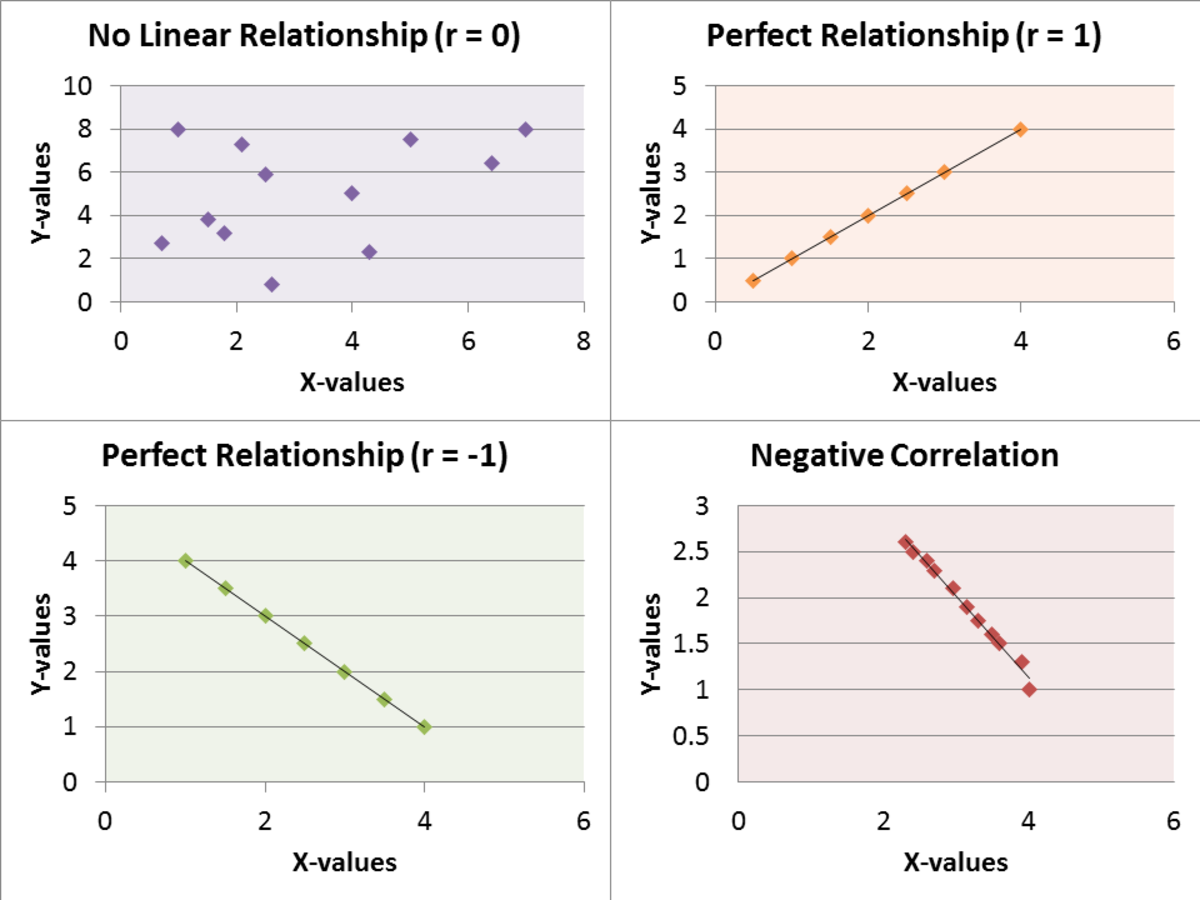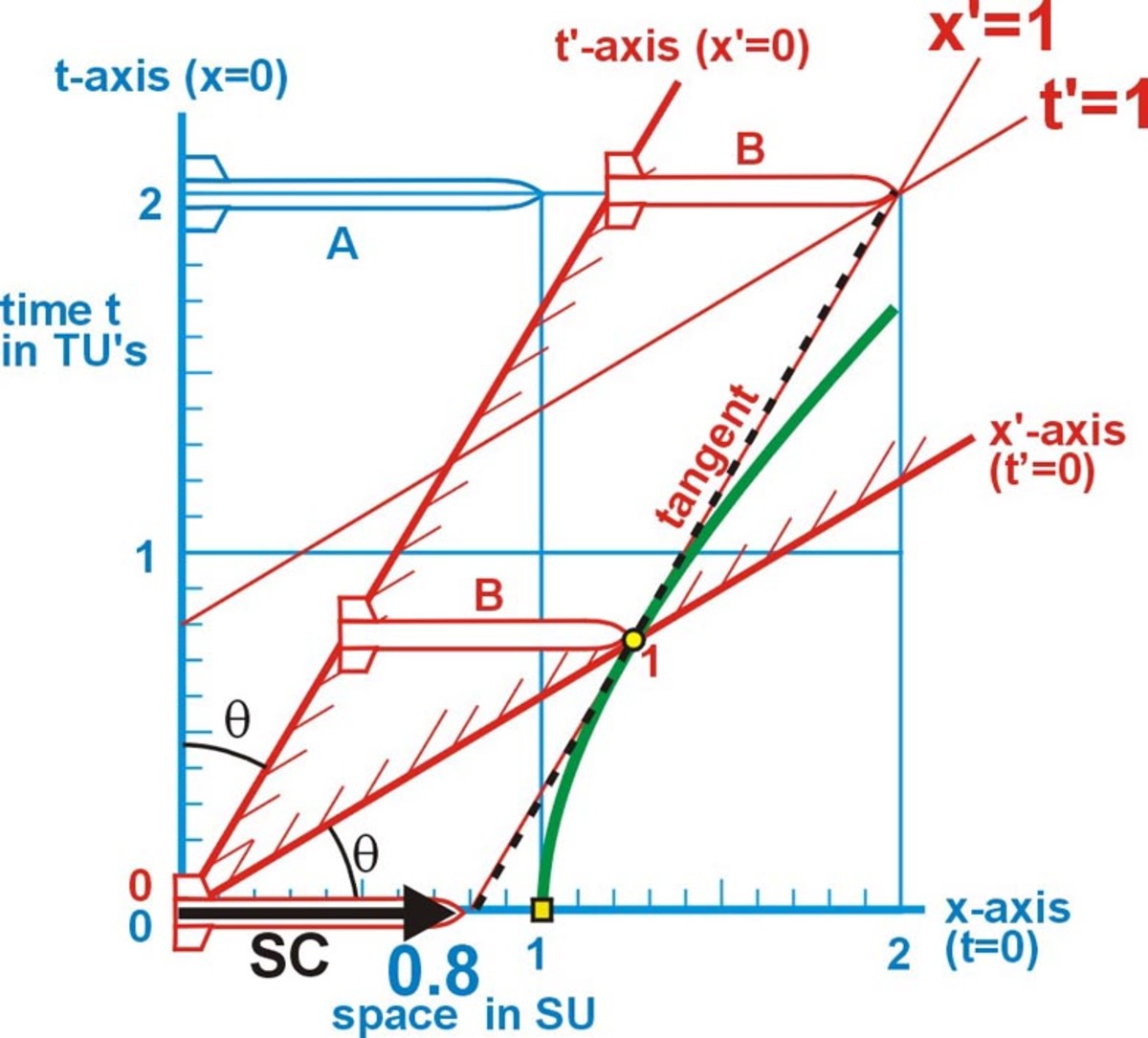How to Help Your Child With Math Skills

Helping Your Child with Math
Math is one of the most dreaded subjects for many students. All of the numbers and language can be very intimidating. Parents often feel overwhelmed when their children are struggling in math and arent sure how to help them.
If your child is having difficulties in math, try these easy at home strategies to help them improve. Keep in mind that these ideas are geared to younger students. If your child is in high school and is having trouble in math, its a good idea to find a tutor. Many high schools offer peer tutoring programs where students can get help from fellow students. These are great programs because they are virtually always free and students can go at the lunch hour or immediately before or after school.
Imaged from Public Domain
Practice basic math facts
Knowing the basics helps to decrease the complication and pressure of hard questions in later grades. Go over addition, subtraction, multiplication, and division questions with your child. Be careful not to just drill them; repetitive drills can turn students off of math. Mix up the questions so it’s not just 3X1, 3X2, 3X3, etc.
Create a game out of it. One of my favourites is to use the card game WAR. If you’re not familiar with WAR, it’s probably the simplest card game in existence. Take a standard deck of cards and deal half the deck to each player. Each player turns over one card. The highest card wins. If the cards are identical (ie. Two 6s or Two 10s) then you have a “war.” This mean each player puts down 3 cards (face down), then turns over a fourth card (face up). The highest card wins the whole hand. To make this a fun math game, have your child solve the multiplication or adding question the game presents. For example, if you turn over a 4 and they turn over a 10, have them do the question 4X10. This works great for addition, subtraction, or multiplication. Division doesn’t usually work out.
Also remember to show your child “fact families.” All addition and subtraction questions have “families.” For example:
1+2=3
2+1=3
3-1=2
3-2=1
The same is true for multiplication and division: (remember that division is shown on the computer with a slash “/”
2 x 3 = 6
3 x 2 = 6
6 / 2 = 3
6 / 3 = 2
These fact families go together to help solve problems. If a student knows that 8+2=10, they can solve 10-8 more easily.
Make a times tables chart
If your child doesn’t already have one, make a times table chart together. They can be an invaluable tool for working through difficult multiplication or division questions. They are a stepping tool between using a calculator and knowing the facts by heart. Make sure the chart is neat so your child won’t have any difficulty reading it when he or she needs to. Consider using the computer if your child has messy writing, or printing one off a website.
Multiplication Chart

Use manipulatives
Counters are a great tool to help your child with math questions. They don’t need to be fancy ones, either. Paper clips or pennies work perfectly. If you get coloured paper clips, they make the work a bit more fun. Your child can count out the number of paper clips needed and work out the answer. It’s a little slow, but the more they practice, the better they get.
Also, let them use their fingers. Encourage it, even! I still use my fingers for subtraction, and it works great. They can’t lose them, so they’ll always have them when needed. Practice using their fingers for questions so they are really good at it. Some students get mixed up, especially when using them for harder questions. Check that your child is getting the right answers with them. Sometimes a student will get a question wrong because they don’t know how to use the tools, even if that tool is their own fingers.
Fraction Circles

Let your child use a calculator when learning a new concept
If your child is learning something new like long division or double digit multiplication, but they're still struggling with their basic facts, let them use a calculator. They will cringe away from ever doing difficult questions if they are still learning their math facts, but if that pressure is taken off, they are more likely to try and to succeed. Practice the basic facts separately when that is the only thing they have to focus on. Concentrate on the steps of the more complicated questions instead of having them try to do everything at once if they're not ready.
Use math language in every day life
This is especially great for very young children because they do not know math terminology yet. If you use it at home, they will be better prepared for hearing it at school. Especially try to use fraction terms. Talk about halves, quarters, and eighths. Try to show these concepts to your child. If you cut up a pie, show them what half of the pie looks like, what one quarter of the pie looks like, and so on. When children see math terms in everyday life, they become more relevant in school.
Practice but don't burden
Set a time to work on math (or other homework) each day. Maybe this is after school or after a snack. Don’t make it late at night or right before dinner because that is when our concentration is usually at its worst. Try to set aside 20-30 minutes each day. This is a long enough time to get some quality learning done, but not so long that your child becomes frustrated or feels burdened by the task.
Make sure to take a night off sometimes, too. Don’t practice on a Friday night, for example, if they’ve worked hard all week. Take a spontaneous Tuesday night off, just to let them be a kid. Still be consistent in what you expect and when you expect it, but give them a surprise night off sometimes.
Follow through. If you both agree to work on math for 20 minutes every night, DO IT. I know life gets busy, but if you start skipping nights after a week or two, your child will lose motivation. If you find you've over scheduled yourself, decrease the number of nights you practice (just make it every Monday and Wednesday), but keep this new schedule consistent.








